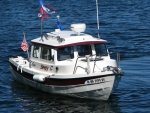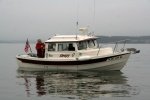ken35216
New member
- Joined
- Mar 12, 2013
- Messages
- 577
- Reaction score
- 1
- C Dory Year
- 2017
- C Dory Model
- 25 Cruiser
- Vessel Name
- Lady Onyx
PaulNBriannaLynn":3cgnusbj said:Wear a pfd, things can go south quickly in the current.
Just in case someone missed this.



